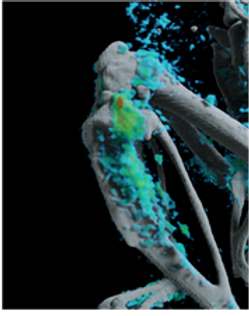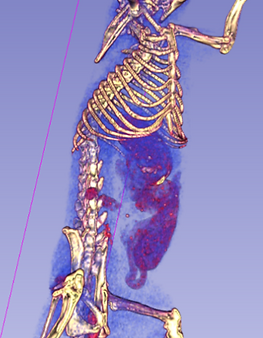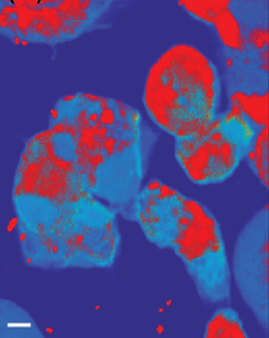
About us
At the laboratory for materials in medicine (MatMed) our research is multifaceted to make nanomedicine patient specific using an ‘omics’ approach and applying machine learning for diagnosis and sensing of a disease or biological process.

Our Mission
To develop next generation translatable technologies to improve human health by uniquely merging ‘molecule making’ and ‘device making’, and through innovations in nanomedicine tools.
Our research is broadly aimed at understanding and creating defined materials for molecular imaging, drug delivery and non-viral gene delivery applications with a focus on structure, function and engineering processes.
We are also dedicated to developing ‘immuno-nanomedicine’ approaches to cancer and other biomedical problems. In close collaboration with clinical scientists, we integrate basic science and engineering with medicine emphasizing image-guided drug delivery for the cardiovascular and oncologic application.
Initiated originally at Washington University, expanded at University of Illinois at Urbana-Champaign and Maryland, and now at Penn State we continue to focus on building individual proficiencies in these areas and advancing specific applications towards clinical translation, personalized nanomedicine and developing biosensors for ‘sensing’ biological processes using machine learning tools.
Technology Licensing and Entrepreneurship


We bring expertise from chemistry, materials science, and quantitative multiscale imaging to prepare probes to study complex biological processes at a molecular level and apply in preclinical and clinical models. Our interest lies in emerging imaging modalities, e.g., fluorescence (second biological window/NIR-II), photoacoustic, hyperspectral and photon counting CT.
Our lab is interested in exploring various pathways for cancer regression including novel genetic target, metabolic therapy, inhibiting signaling pathways by targeting stem cell marker, nuclear receptor, etc. This process either involves repurposing of existing clinically approved therapeutics or structure-based drug discovery to develop activatable nano therapy. Other areas of interests are oxygen therapeutic and blood disease.




We are interested in developing point-of-care (POC) biosensors for objective assessment of disease by detection of novel biomarkers in human tear fluid and biodegradable electronics. For this part of the work, our goal is to use biological samples to identify novel biomarkers through proteomic analysis and develop biosensors for infectious diseases, objective assessment for eye injuries or other systemic diseases. Other enquiries include the development of POC sensor for traumatic brain injury and neurological disorders.